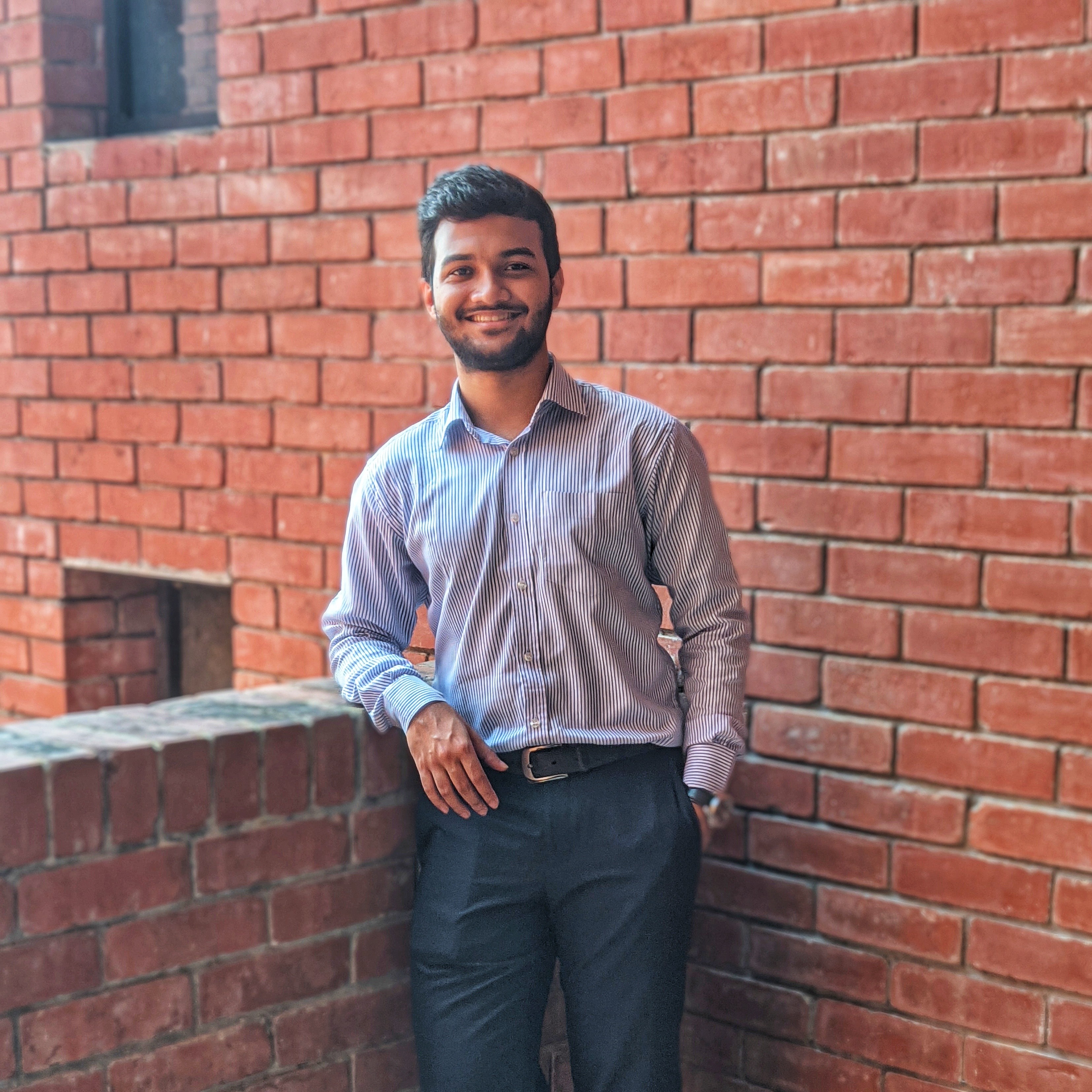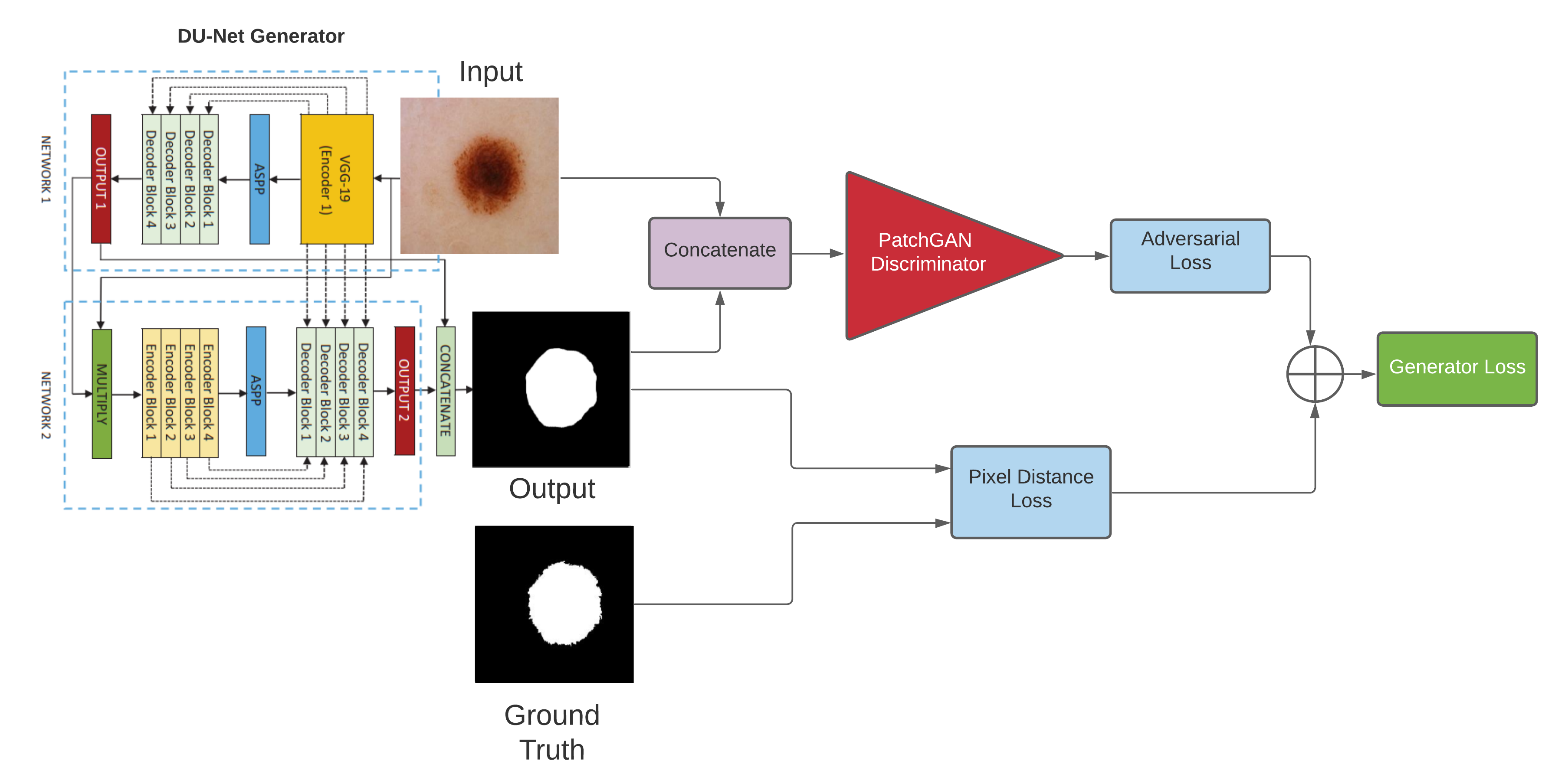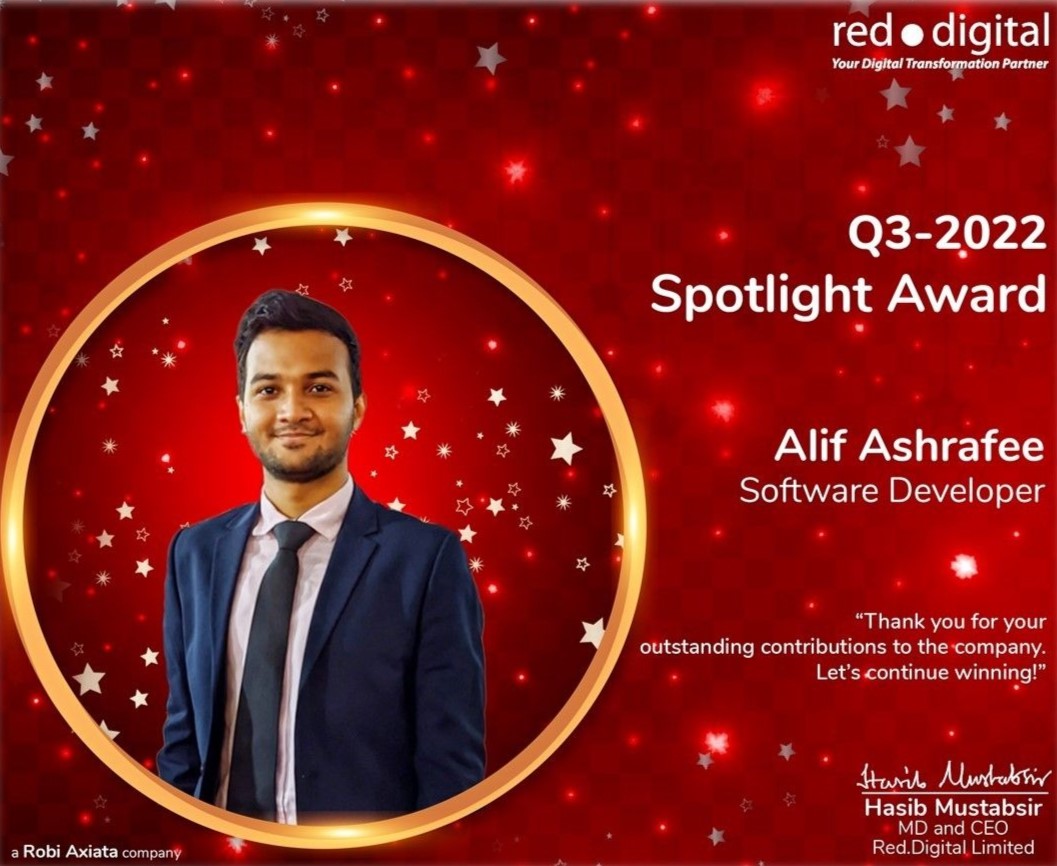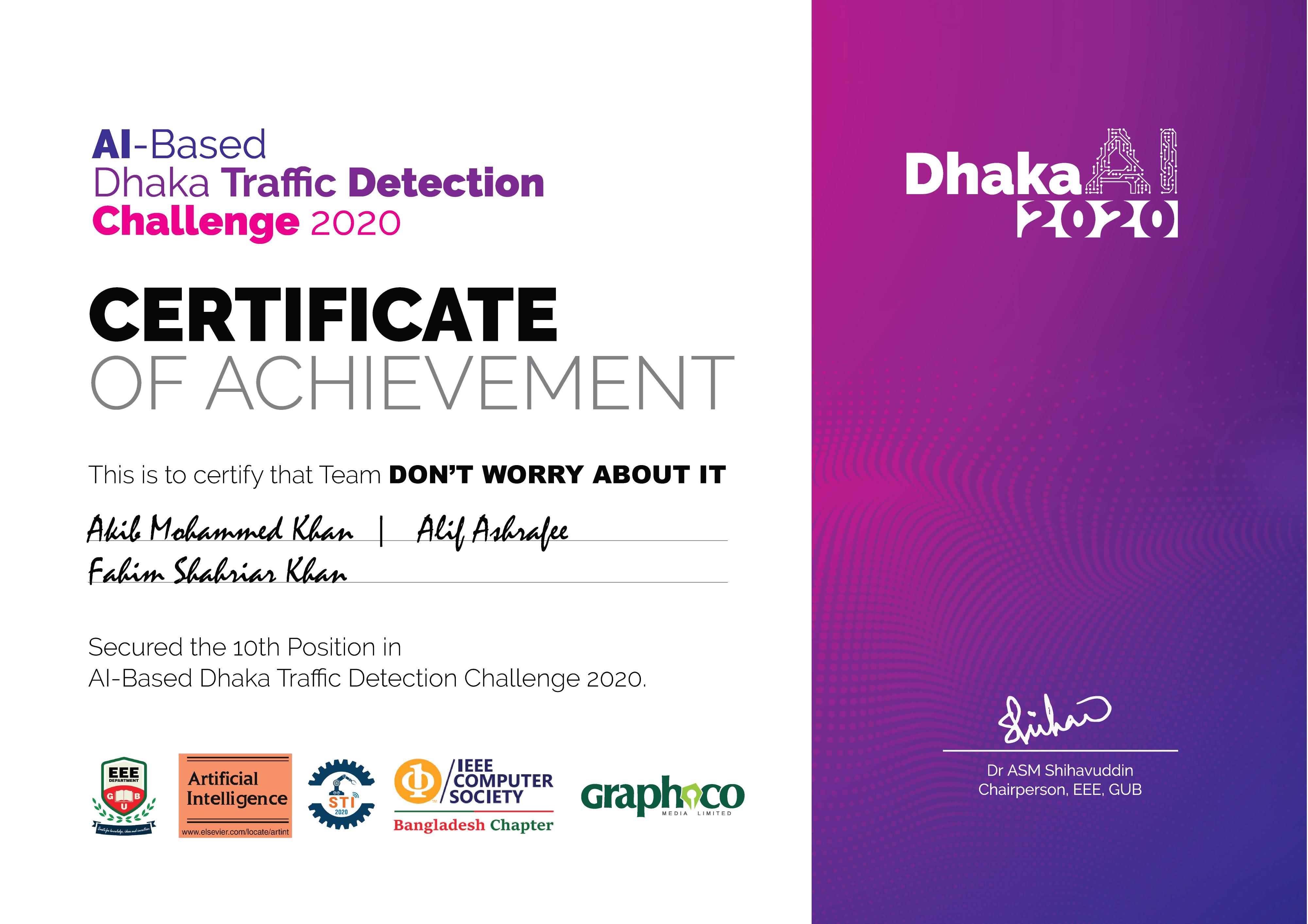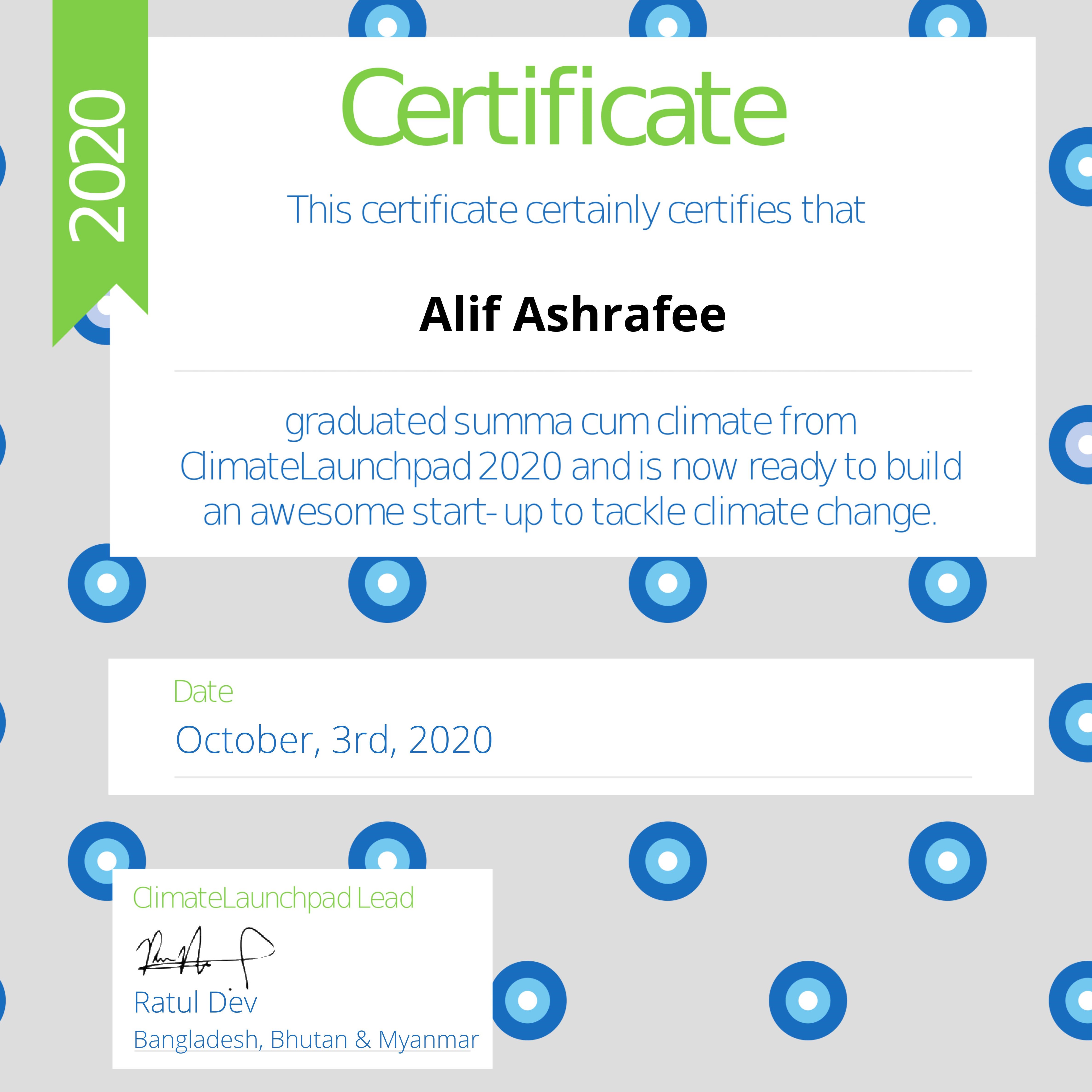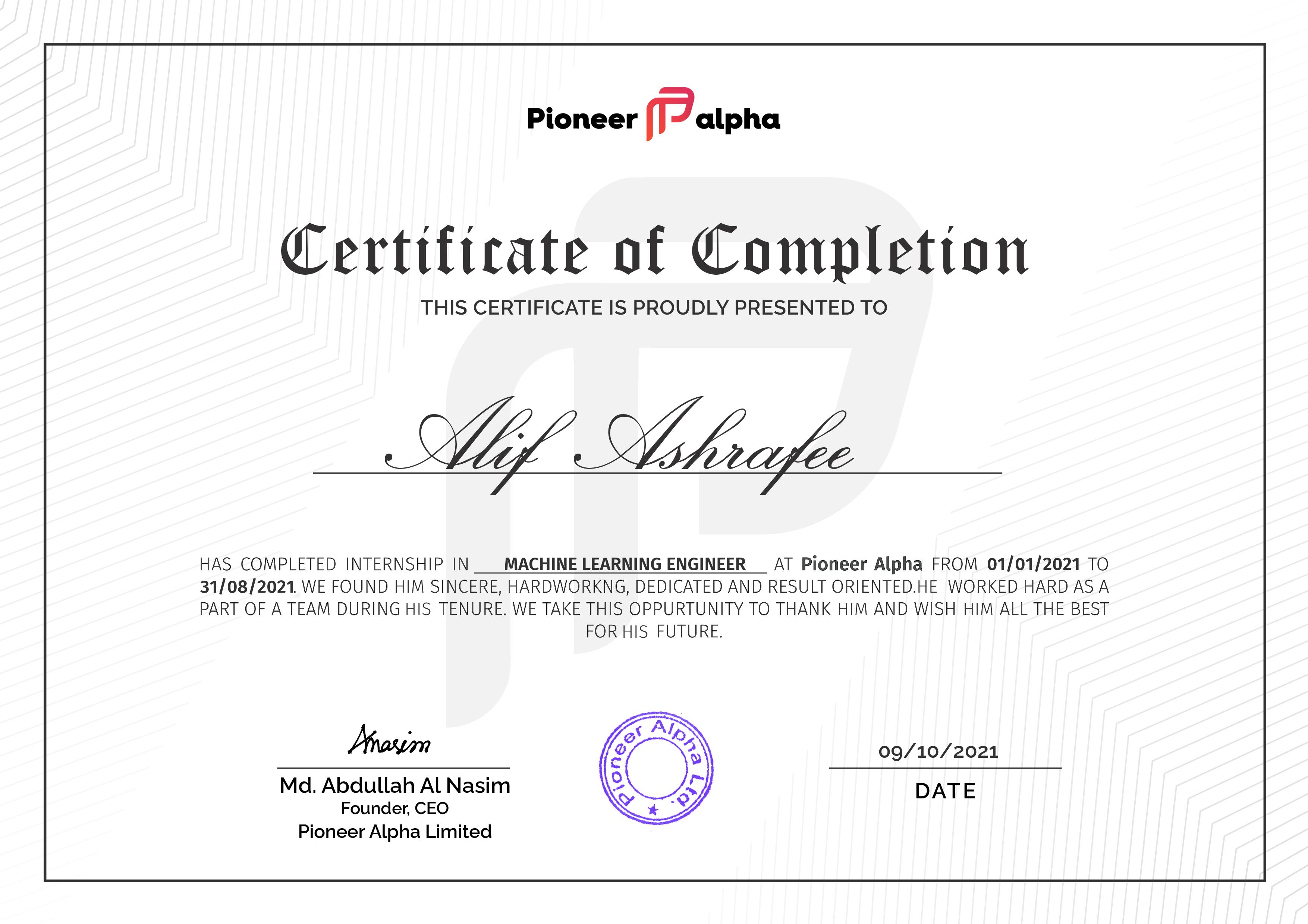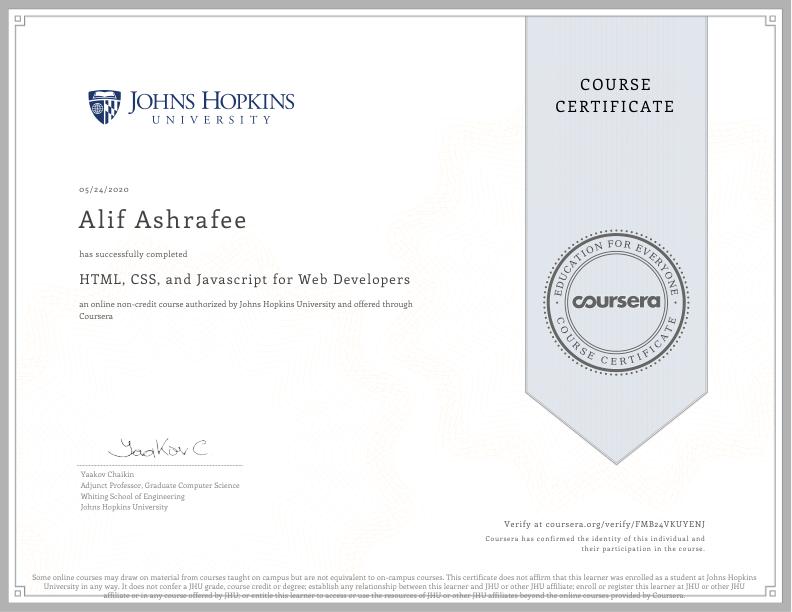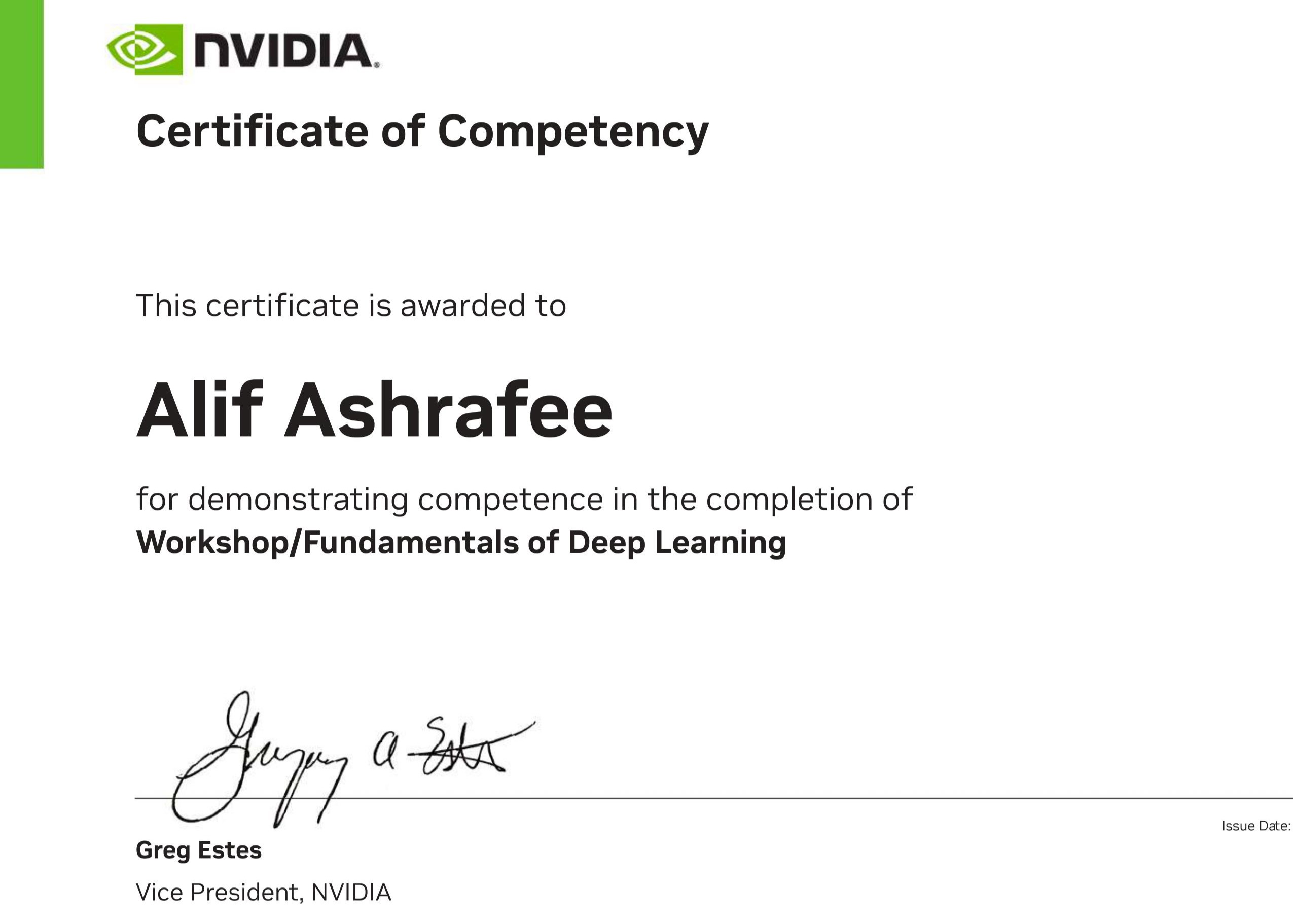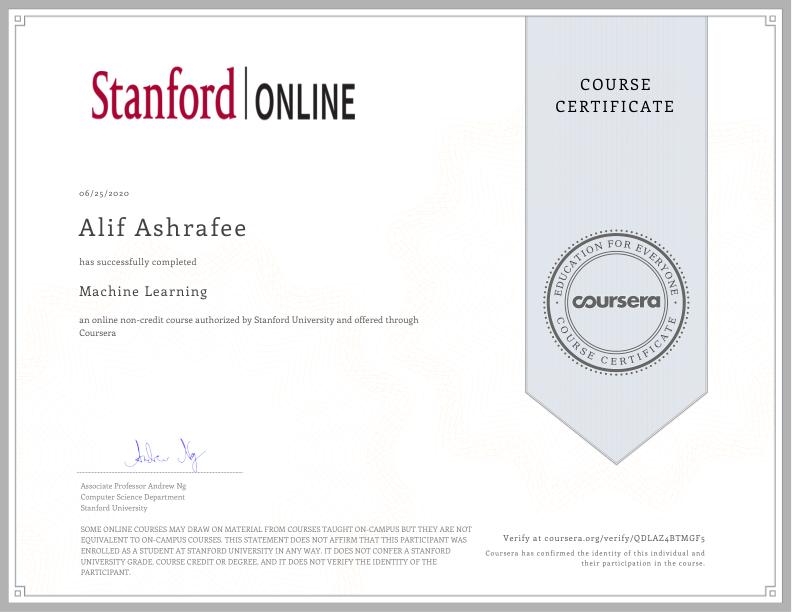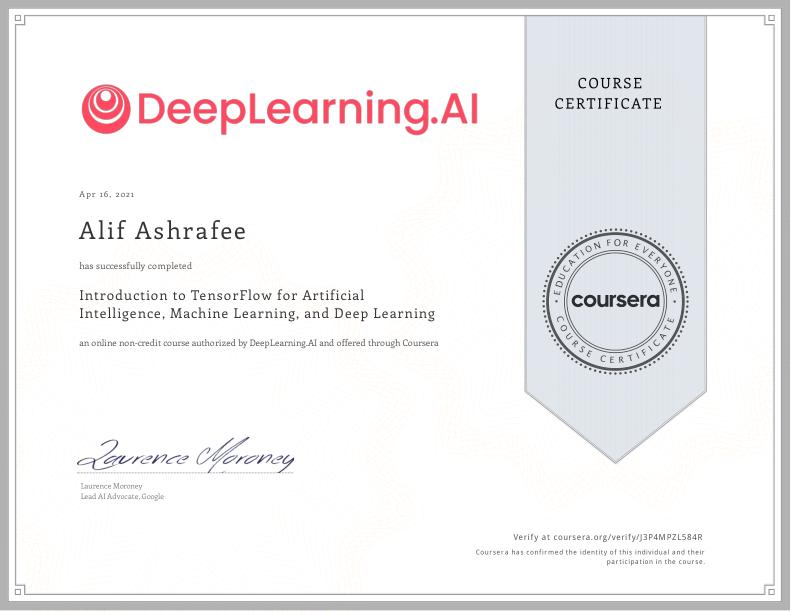Hi There!
My name is Alif and I'm from Bangladesh. I completed my undergrad in CS from IUT and am currently an Imaging Science PhD Candidate at RIT. I have strong leadership abilities and a vigorous work ethic. I am highly goal-oriented and like to pursue my objectives with a laser-sharp focus. While being a highly organized individual, I also love motivating and inspiring others toward collaboration. My biggest strength is my ability to adapt and find creative ways to work through any obstacle working towards my ambitions. I love playing football and basketball. I am obsessed with good movies and TV series.
